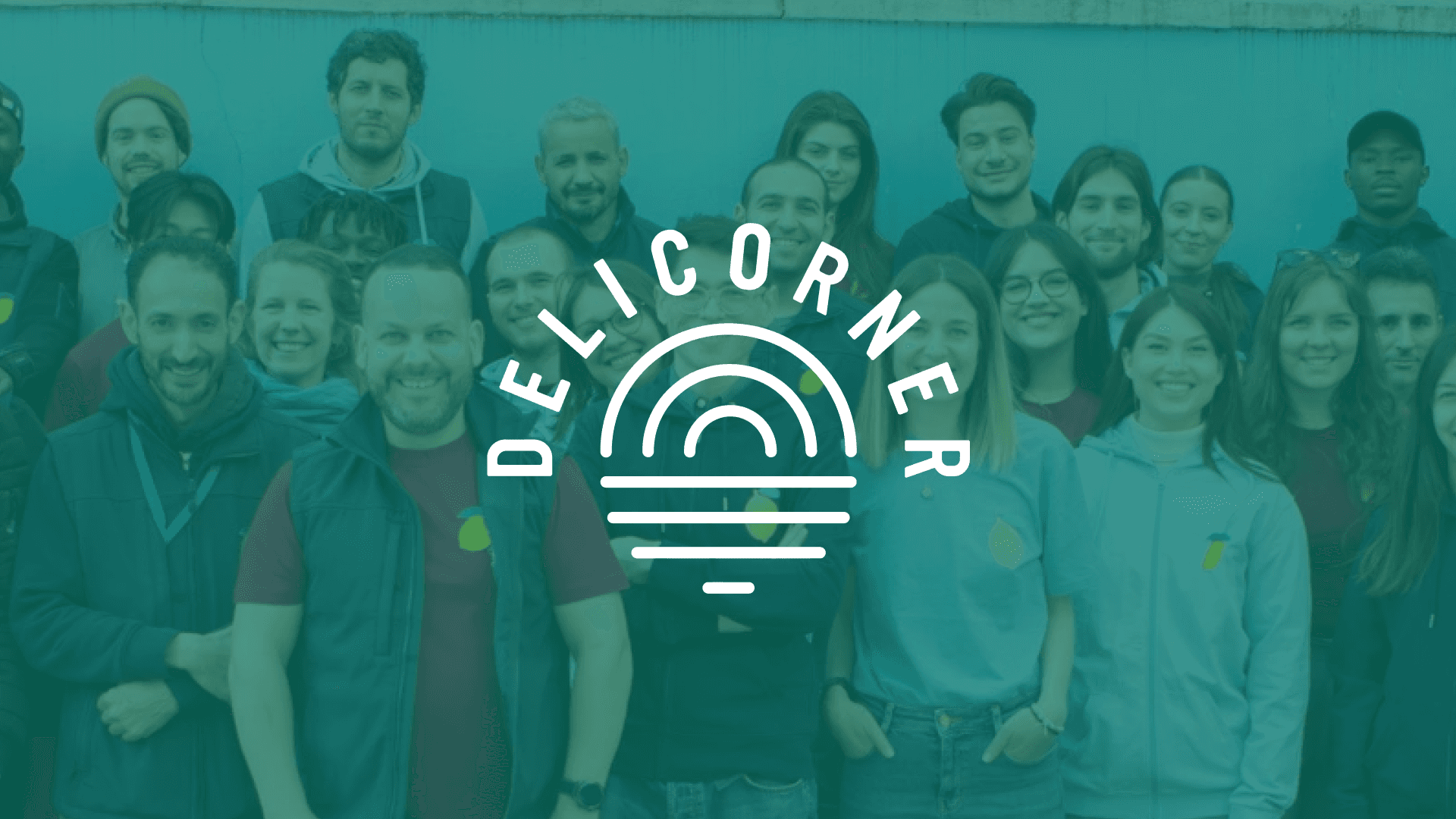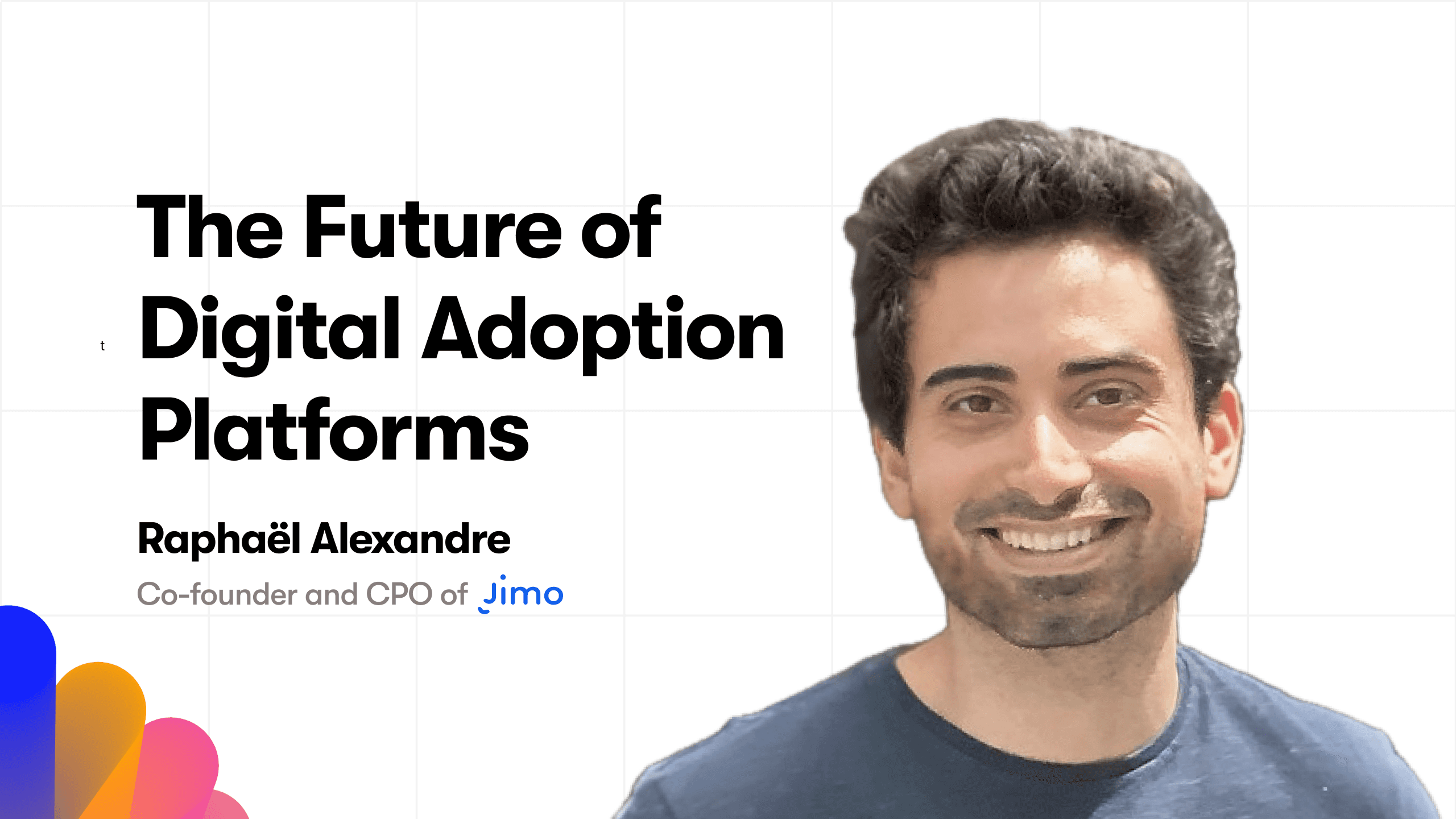Forget the old-school product tours that bog down our power users. It's time to rethink onboarding and make guidance an effortless, integrated part of the entire product experience.
Let's start with a bit of history: The Active User Paradox
Way back in 1987, Mary Beth Rosson and John Carroll stumbled upon a fascinating phenomenon in their work Interfacing Thought: Cognitive Aspects of Human-Computer Interaction. They observed that users often bypass manuals and dive straight into new software, only to hit roadblocks and make mistakes. This "Paradox of the Active User" is still alive and kicking. People prefer to dive in headfirst 🤷♂️, favoring instant interaction over preliminary instructions, especially during onboarding.
In our hyper-digital age, manuals have become nearly obsolete ("I mean, I like your helpdesk, but I'll still hit up support because reading all your docs is a snooze fest" - says 75% of your users). Yet, this paradox lingers when users encounter new products. Traditional onboarding methods? They're just speed bumps for power users. We need a new strategy that weaves guidance seamlessly into the product journey.
Progressive Onboarding: The Game-Changer
How do we let our power users jump into the deep end without drowning in a sea of onboarding steps? Well… Bonjour "Progressive Onboarding" (Oops, my Frenchness always shows up 🇫🇷).
What is Progressive Onboarding?

A quick refresher for the newbies.
For Product-led companies, users often travel through 4 main stages:
"Stranger: What the hell is this app about? Oh, that's a cool landing page"
"Beginner: Alright, let's sign up, and try this stuff"
"Regular: I see the value, I'm buying it"
"Champion: I ADORE this product, I'm going to talk about it in all meetups and conference I go 💙"
You might think progressive onboarding kicks off right from the 'Beginner' stage in-app. I’d say think bigger…
Progressive Onboarding is not only in-app
It starts right from your landing page. Don't oversell your product, simplify your message. Remember let's KILL the cognitive overload of making the next step.
Think of progressive onboarding as gradually introducing users to features, letting them build confidence and familiarity at their own speed. Instead of a feature firehose, this method drips functionalities as they become relevant.
Why Progressive Onboarding Rocks
Well because it…
Kills cognitive overload 🧠 : By serving up info in bite-sized pieces, users won't feel like their brain is melting. This approach helps them actually remember what they're learning.
Improve amazingly up engagement 🥰 : Users stick around when they get timely, relevant info that boosts their experience without breaking their flow.
Promotes exploration 👀: Progressive onboarding turns learning into a treasure hunt, letting users explore at their own pace.
So, how the heck do you make Progressive Onboarding a reality for your app?

Well, of course there's no straight forward answers to that (sorry), BUT as a CPO of Jimo, I’ve stumbled upon some golden nuggets:
Stop using step-by-step tours, try interactive walkthrough
You know what I mean, the ones with the awful "next button", where the only thing you want to find is the skip button.
Think of interactive walkthroughs as guided tours. These are like guided tours but let users engage directly with the interface—it’s called action-based tours. This ensures users understand each feature’s functionality before moving on. (And yes, that's something Jimo's product tours 👀 do that competitors just don’t).
Hide features, make it progressive
The example of Slack is killer; they don’t show all the features right away, they reveal them gradually.

To unveil your app's features gracefully and at just the right time:
Tooltips: These are your gentle guides, subtly offering hints and tips right when your users need them most. They provide the perfect amount of information right at the moment of need, helping users navigate your app without feeling overwhelmed.
Hotspots: Think of these as subtle highlights that draw attention to key features without being intrusive. They enhance the user experience by guiding users through your app’s capabilities step by step, ensuring they discover features at their own pace.
Segmentation: This is key when it comes to progressive onboard, you should be able to tailor experiences, and guidance with a set of different staging groups or persona.
(a good start would be to use the same PLG stages that we already mentionned - Strangers, Beginners, regulars, champions)
And yes, all these elements are neatly packaged within Jimo’s suite, ready to help you turn first-time users into long-time fans. 😉
Your users should be the hero of your own book
And remember, in the story of your product, your users should be the hero. Onboarding checklists are the maps that guide them through the adventure, with progress indicators cheering them on every step of the way. (And yup, this feature is coming soon to Jimo! 👀)

In the end, by embracing progressive onboarding, you’re not just keeping up with trends; you’re creating an environment so intuitively helpful that users can’t help but fall in love with every step of their journey with your product 💙.





